My setup is as follows:
An Arduino UNO (could be any microcontroller that can be programmed via command line tools) is connected to a Raspberry Pi (could be any computer running a Debian based Linux).
The Raspberry Pi looks for new mail in fixed intervals (2 minutes or so) with "fetchmail".
If an Email with an attached *.ino file is detected, the attachment is compiled and the resulting hex file is uploaded to the Arduino UNO.
In parallel with uploading the code, a webcam is started.
After a given interval (1min), the recording is stopped and the resulting video file is stored on the Raspberry Pi
The Raspberry Pi connects to my Internet server to upload the video file, the original code file and the updated webpage.
Also the sender gets an answer mail with the video, showing the Arduino in action, attached, if the compilation was successful or with the error message if it wasn't.
Done!
On the website you can see a list of successfully compiled code with video files, so that you can learn from the coding work of others.
To try it out, visit:
http://h1i1.de/mail2code/ArduinoUnoBasic/ArduinoUnoBasic.html
 Norbert Heinz
Norbert Heinz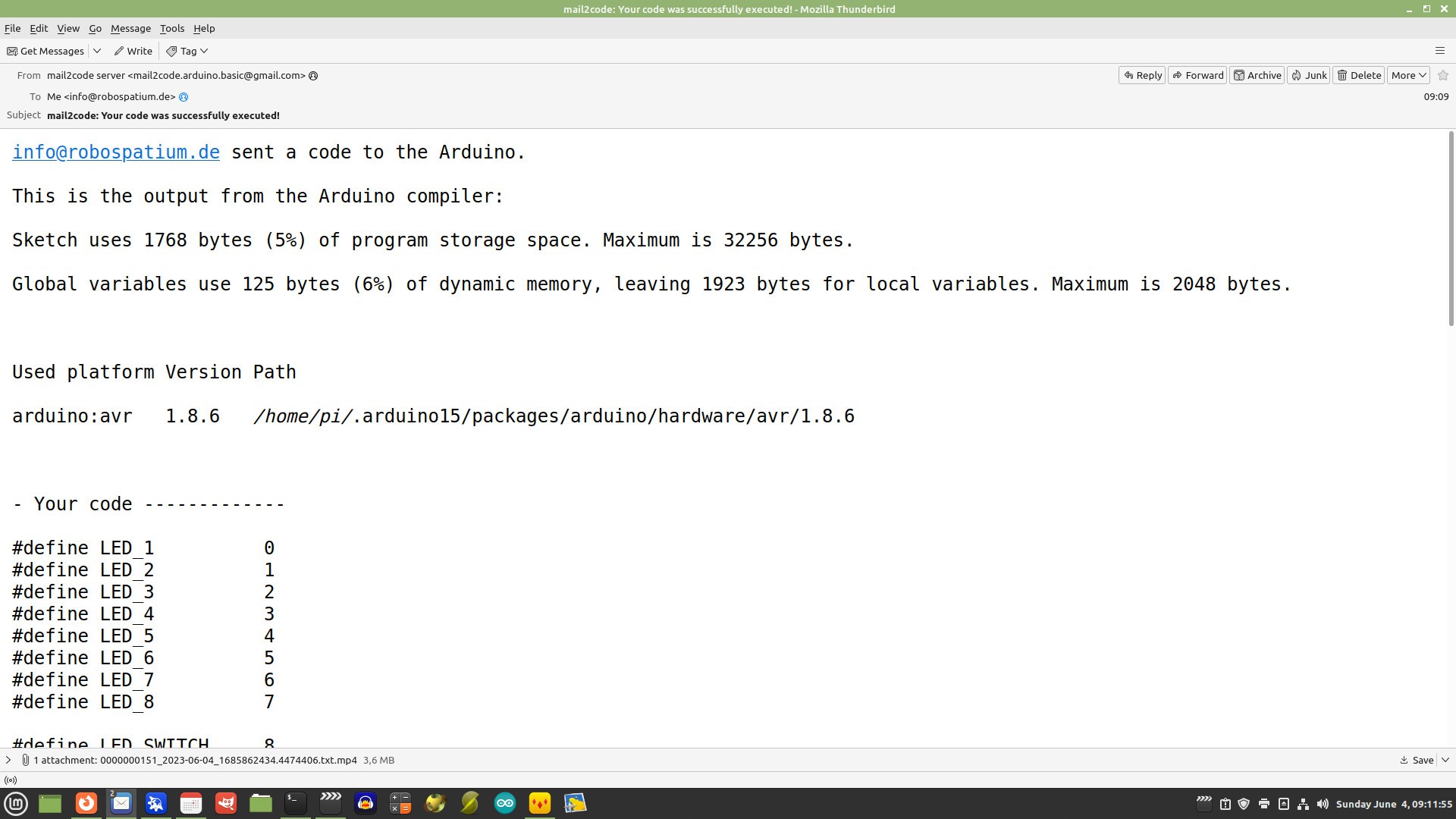


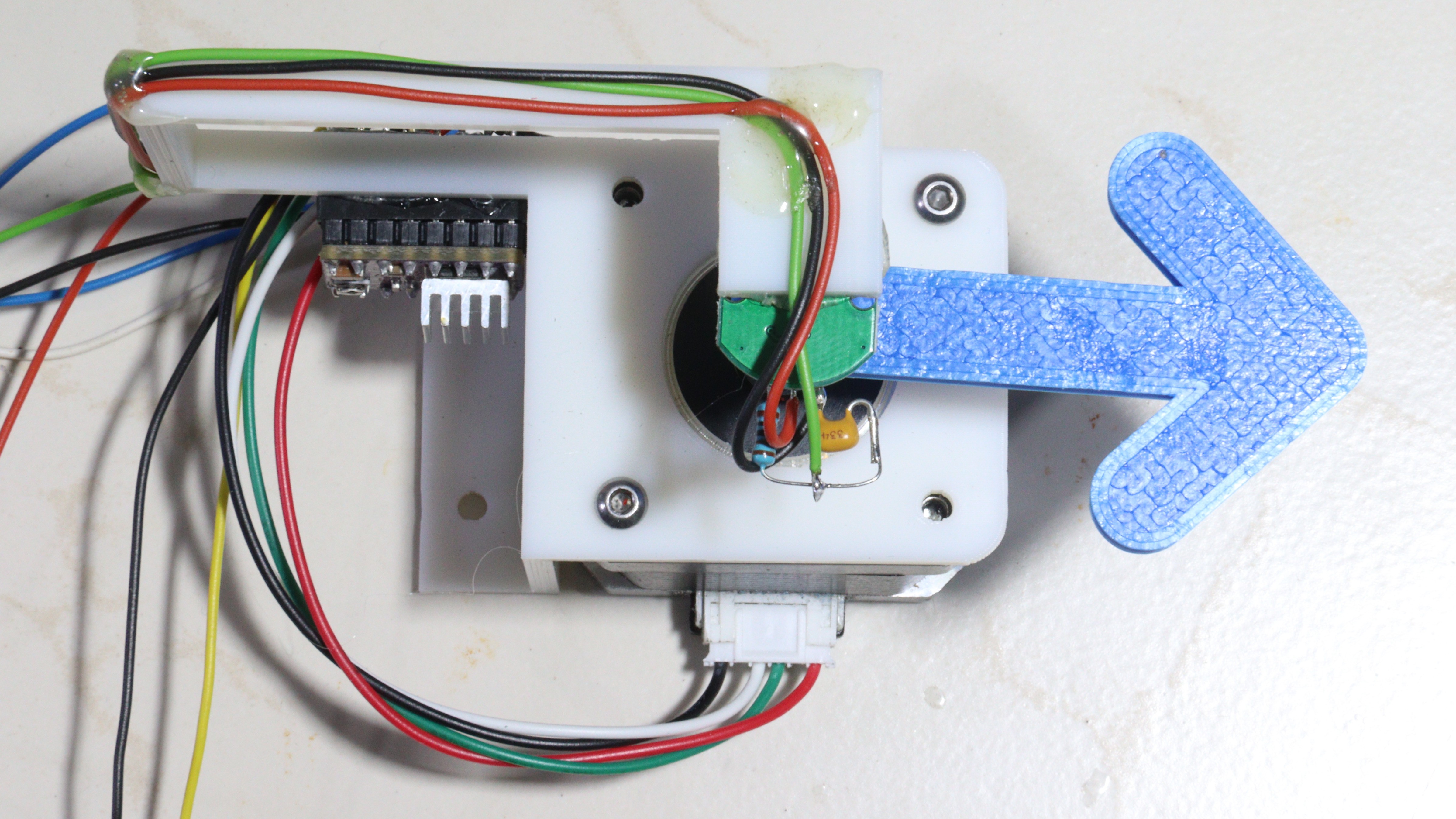
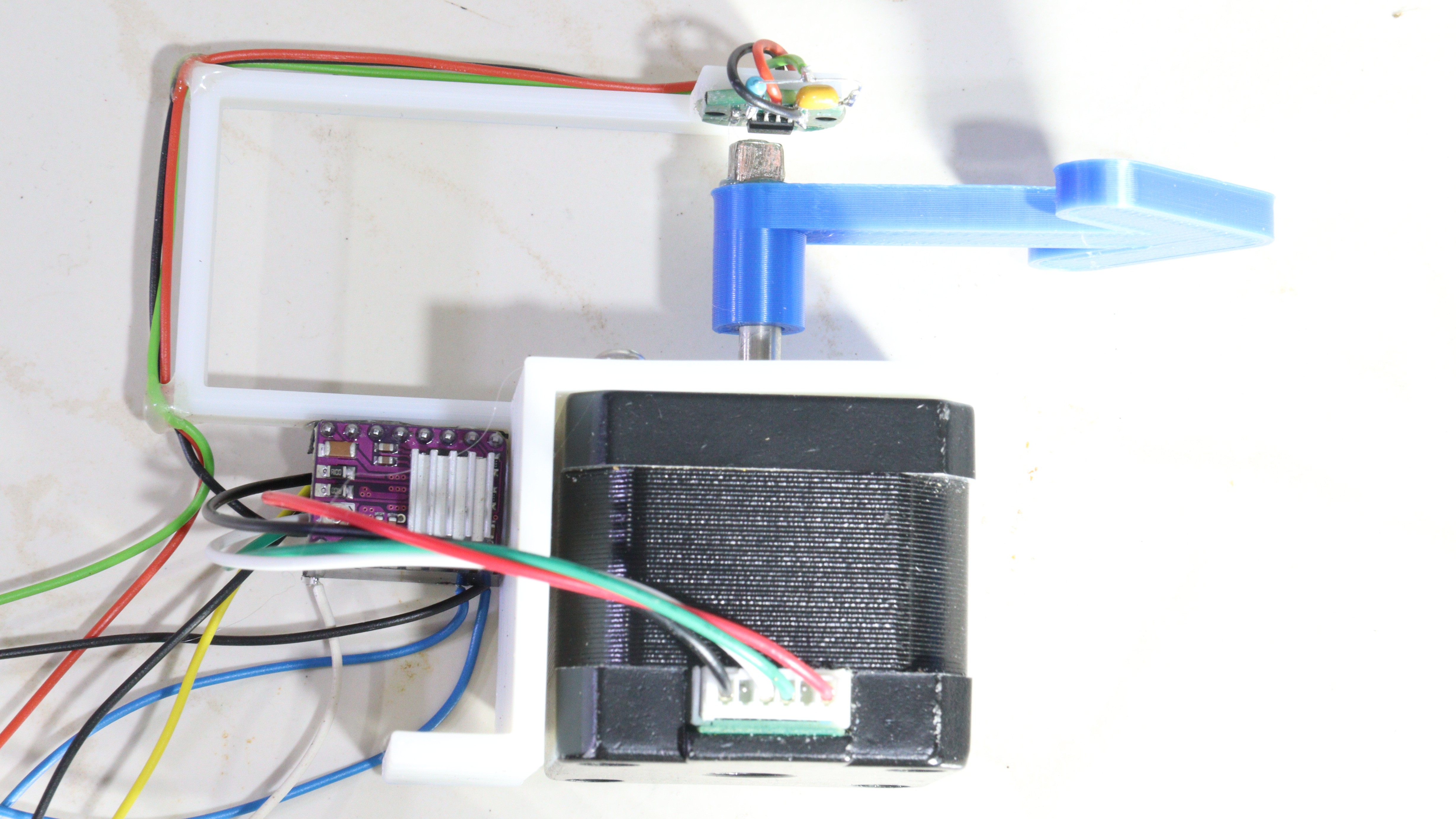


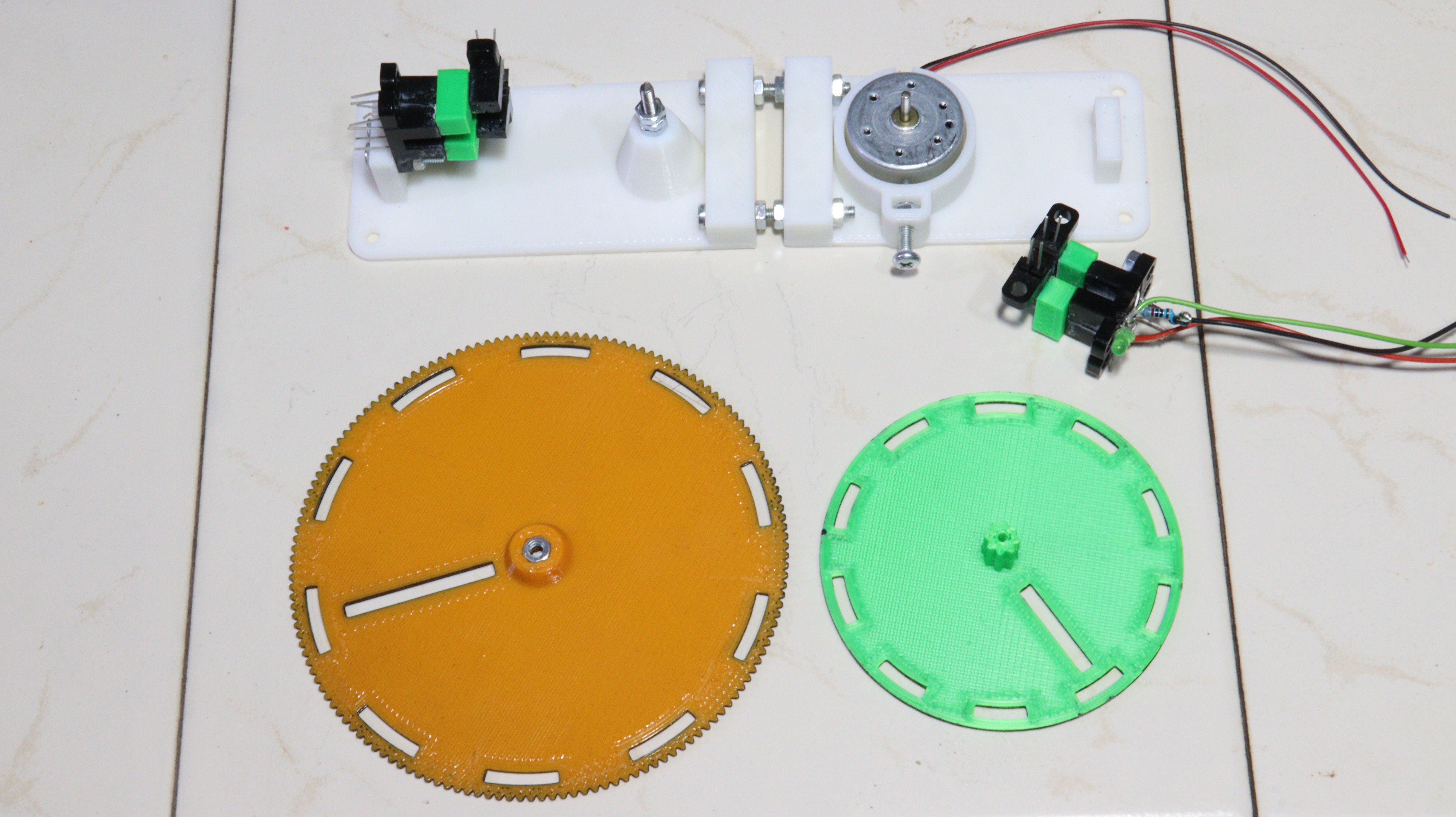


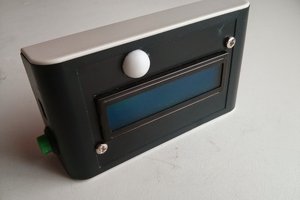
 facelessloser
facelessloser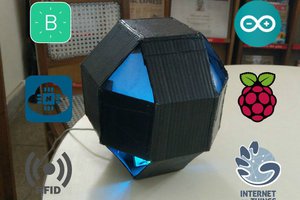
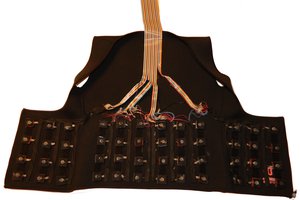
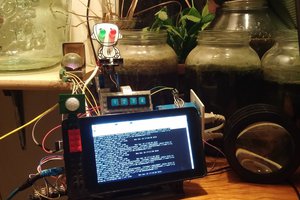
 PhilMo6
PhilMo6